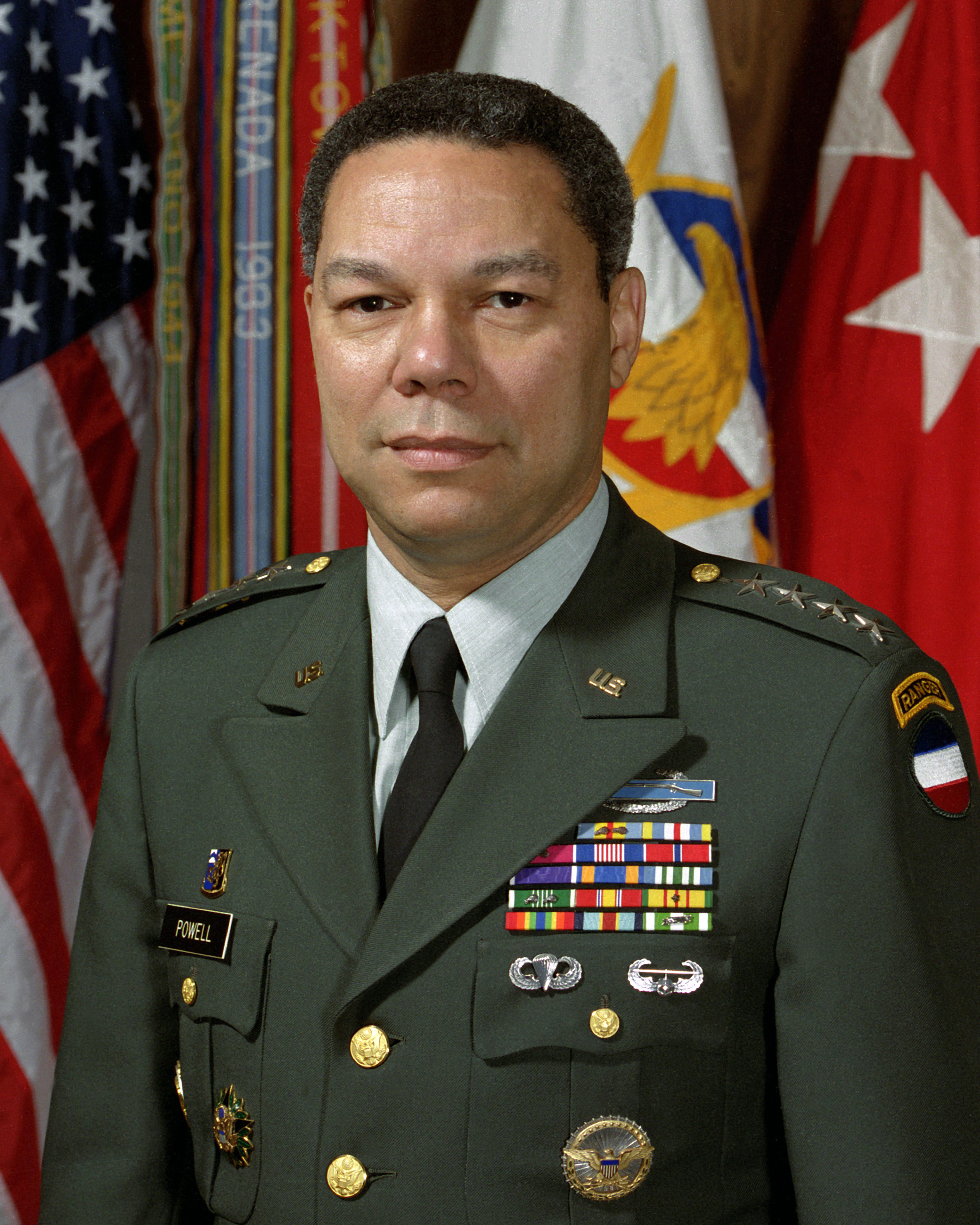In a recent essay, Dr. Pauline Shanks Kaurin presented ideas on enhancing ethics in the military profession. Her essay, “The Ethics Specialist: To Jedi or No,” examined the idea of an ethics specialist at various levels of command. While this idea is certainly intriguing, it would not solve the complex ethical problems military leadership at the tactical, operational, and strategic level face throughout their careers.
To examine where the military should press forward on ethics, an important first step is to take inventory of all the programs, organizations, doctrine, and regulations that are in place vis-a-vis ethics. One can start with the Army’s DA PAM 600-3, or with the Center for the Army Profession and Ethic (CAPE). There are numerous other examples, but I will limit my analysis to counter some of the points made in Dr. Shanks Kaurin’s essay.
Dr. Shanks Kaurin begins her essay by dismissing the role of chaplains and jag officers in providing ethical advice and ethical leadership. I disagree with her based on these points, and strictly from an Army perspective.
While it is true that chaplains “are generally members of a religious/faith community of practice whose role is to provide comfort and pastoral care to the military,” the army insists on other roles. DA PAM 600-3 (dated 26 June 2017). Dr. Shanks Kaurin’s description more closely aligns with the stated purpose of the Chaplain Corps “The Chaplain Corps “whose mission is to provide for the comprehensive religious support to the Army across the spectrum of operations.” However, her description omits the “unique functions performed by chaplain corps. Specifically, “chaplains provide the religious, spiritual, moral and ethical support to the Army in any contingency.” The ethical support is not limited to a faith or religious community.
A second argument Dr. Shanks Kaurin makes for the necessity of an ethics specialist or SME, is to serve as moral exemplars. This is a dangerous road with a slippery slope. The Army rightly expects all leaders to serve as moral exemplars. Again, going back to DA PAM 600-3, multiple branches demand officers that hold the highest morals and ethics. For example, infantry officers must be “Adept at using ethical decision-making to solve complex, dynamic problems.” Ethics is not just for the infantry, The Military Police branch requires officers who continually demonstrate strong character and high ethical standards in order to infuse these traits into their units and Soldiers. Thankfully, the financial management branch requires “Financial managers maintain the highest standards of integrity, and professional ethics.”
Public Affairs officers, who continually communicate messages to the American public understand that “to maintain credibility, Public Affairs professionals must understand journalism ethics and be able to identify when media are not adhering to fair and balanced reporting.” Further, PA Officers attributes include “Applies ethical reasoning to make informed choices and provide counsel to the commander when faced with tough issues and ethical concerns with regards to the ramifications of an organization’s or leadership’s actions.” Ethical advice is not limited to chaplains and lawyers.
More broadly, the Army’s centralized promotion selection process emphasizes ethics and values as key factors in the potential to serve at a higher grade. Three of the top four factors center on ethics and values and are listed as:
(1) Performance.
(2) Embodiment of Army Values.
(3) Professional attributes and ethics.
(4) Integrity and character.
Indeed, maintaining a moral and ethical compass is paramount to how the Army views the selection of leaders at all levels.
Where Dr. Shanks Kaurin is absolutely on target is in her assessment that ethical training and development is paramount for everyone, not just officers or senior leaders. Further, her assessment on emerging technology having an impact on ethics is spot on. The advent of cyberspace and social media has brought to light ethical considerations and dilemmas previous generations of soldiers never contemplated.
There are a number of ethical improvements the army can adopt. First, officer and enlisted professional military education and training should include periods of instruction on ethics. To an extent, the services already include this aspect, evidenced by Dr. Shanks Kaurin’s position as the Stockdale Chair of Ethics at the Naval War College. This type of position should expand to include ethics professors at each respective schoolhouse and center of excellence. Further, the inclusion of these potions would offer the opportunity for an ethics elective at the Command and General Staff College and army War College (as well as JPME II and other joint education).
Second, unit training should encompass ethics. This is more than a PowerPoint presentation during Sergeant’s time training, or random officer professional development sessions with battalion and brigade commanders. Rather, field exercises at the unit level and at the combat training centers should include ethical scenarios. There may be no correct answers to the ethical portion of field exercises, as this would resemble the Kobayashi Maru training exercise depicted in the sci-fi series Star Trek.
Third, joint staffs at combatant commands should integrate an ethical portion into their tier one exercises. More than exercising fictional war scenarios, planners and commanders on joint staffs should develop MESLs that test a staffs ability to make ethical and moral recommendations to joint force commanders.
Add an ethics category to our reading lists
Finally, service chiefs and their subordinate flag officers should include articles, essays, and books that focus on the ethical portions of the military profession. Currently, reading lists center on tactics, strategy, military history, and various geographical regions of the world. Ethics should be a topic or category of every leaders reading list.
Dr. Shanks Kaurin’s essay on the Ethics Jedi is an interesting idea. However, it is not the answer to how the army should approach improving ethics at all levels of command. Improvement to ethics must occur across the board and leaders at all levels must be accountable for ethical failures, both of a personal nature and of their respective organizations.

















